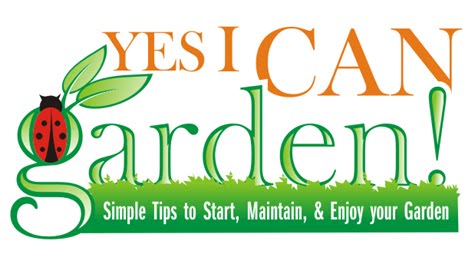
If you are like me, you will probably want a continual harvest over the summer months, with a variety of vegetables ripening and ready for your use, at any given time. Once you know your climatic zone and spend some time thinking about the local conditions and variations based on where you live, you can start thinking about the vegetables you want to plant. Check the length of time it takes for each plant to grow to maturity, and make sure you take into consideration which plants are tolerant to heat, or like cold weather, or can withstand (or give up quickly) when faced with the risk of frost.
Probably the most important thing to consider is what you (and/or your family members or friends who dine regularly at your place) like to eat, and what will be easiest for you to grow. Each year I like to experiment with a few new things—eggplant, say, or pumpkin or sweet corn, because they sound like fun things to say I’ve been able to grow. But for the first few seasons, at least, you will probably want to stick to some of the tried and true basics—vegetables that are easy to grow and tend, and that are popular items you already make use of in your household. Even with minimal care, and if you start them at the right time, you should be able to have success with, among others, carrots, lettuce, cabbage, onion, and a few other root vegetables or leafy greens such as beet or Swiss chard. If you tend to be a little lax about remembering to water regularly, you might want to think twice before planting peas (although the flowers are delightful in the garden, and it is fun to see them climb up their stakes or cling to the netting with their tendrils); likewise, if you are limited to container gardening or a very small plot, avoid climbing cucumbers, and go for the bush variety. If you are mainly using containers, or are working in an extremely limited spot, you probably won’t be harvesting your own corn or tending your own pumpkin patch or making cauliflower soup from your garden stock anytime soon—these need a lot of space to grow, and are not suitable for container gardening. Some vegetables simply require more in the way of resources—water, and nutrients in the soil, particular temperatures, and certain amounts of full or partial sun, or shade—in order to thrive.

When you are ready to get started, check with neighbours, or the local nursery, to inquire about when it is safe to plant, and whether it is best to start the plants from seed or as seedlings already started for you. Although it ends up being much more expensive (and some might say less fun) buying seedlings in their Styrofoam containers, in groups of four or six young plants, it is a good option for the weekend or beginner gardener whose schedule might not allow for the soil preparation and regular watering that are required to start the plants from seed.

No comments:
Post a Comment